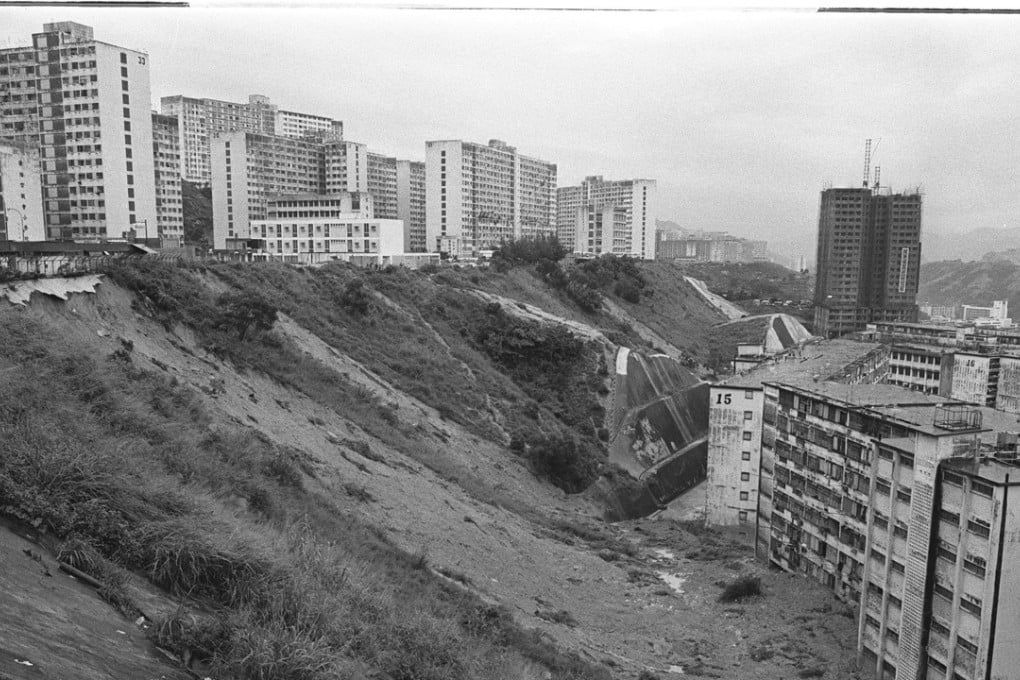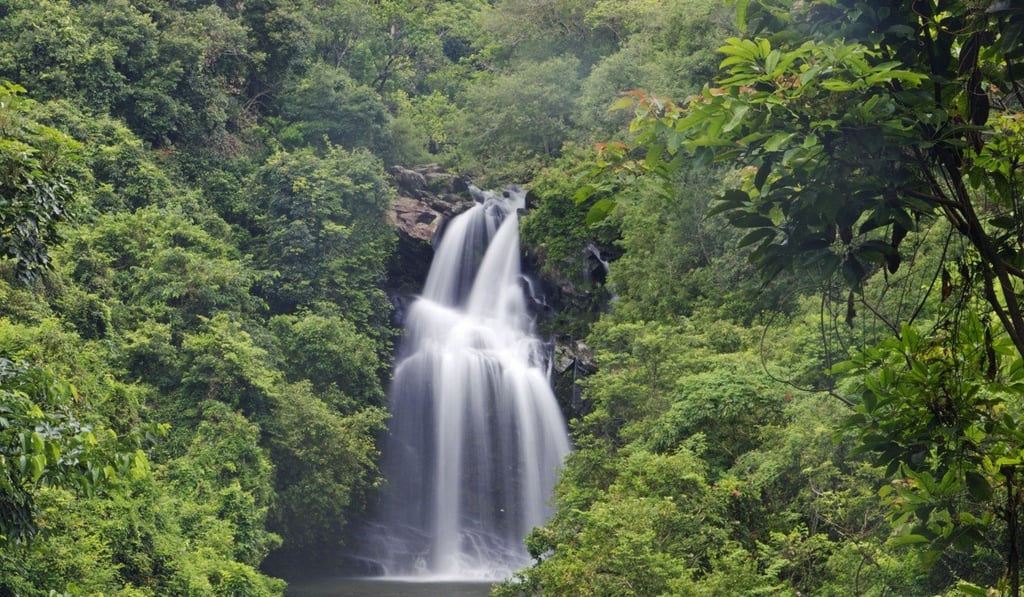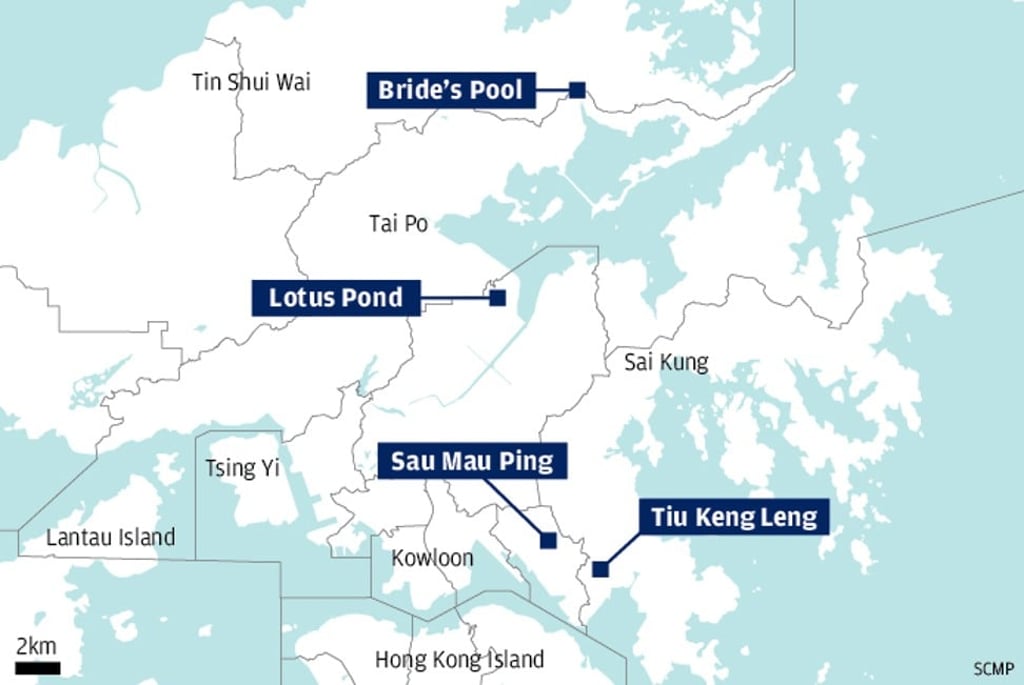The haunting stories behind four Hong Kong urban legends
Two bodies of water and two housing developments evoke death and curiosity

In a city defined by its unique marriage of East and West, names and labels hold special significance. A place’s name can shed light on its poetic, tragic or legendary origins as well as define how people view it. This week, City Weekend explores places in Hong Kong with colourful backstories and fascinating names.
In the warm light of day, this sun-dappled pool and waterfall located near Tai Mei Tuk in Plover Cove Country park paint quite the idyllic picture. However, when darkness and thunderstorms encroach, the once pleasant spot turns eerie.
According to legend, a bride was being carried in a sedan to meet her groom during a thunderstorm. But as the entourage passed by the water, one of the four porters slipped in the rain and the group was washed into the swollen pool, where the woman drowned due to her heavy clothing. Villagers were never able to recover her body or carriage. Until now, some have claimed to have seen a woman dressed in a red cheongsam brushing her hair at the nearby Mirror Pool.

Allegedly named after this tragically deceased bride, Bride’s Pool is thought to be one of the most haunted places in Hong Kong. Rumour has it the evil spirits of Bride’s Pool drag their victims into the water to ease their loneliness. It is believed the bride’s spirit constantly wanders the area, especially a section of winding road nicknamed “deadly curve”, where a number of fatal accidents have been reported.
